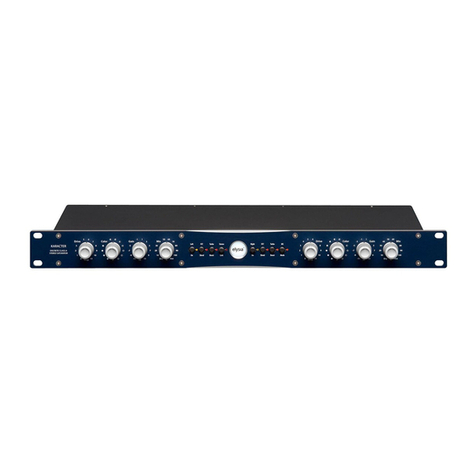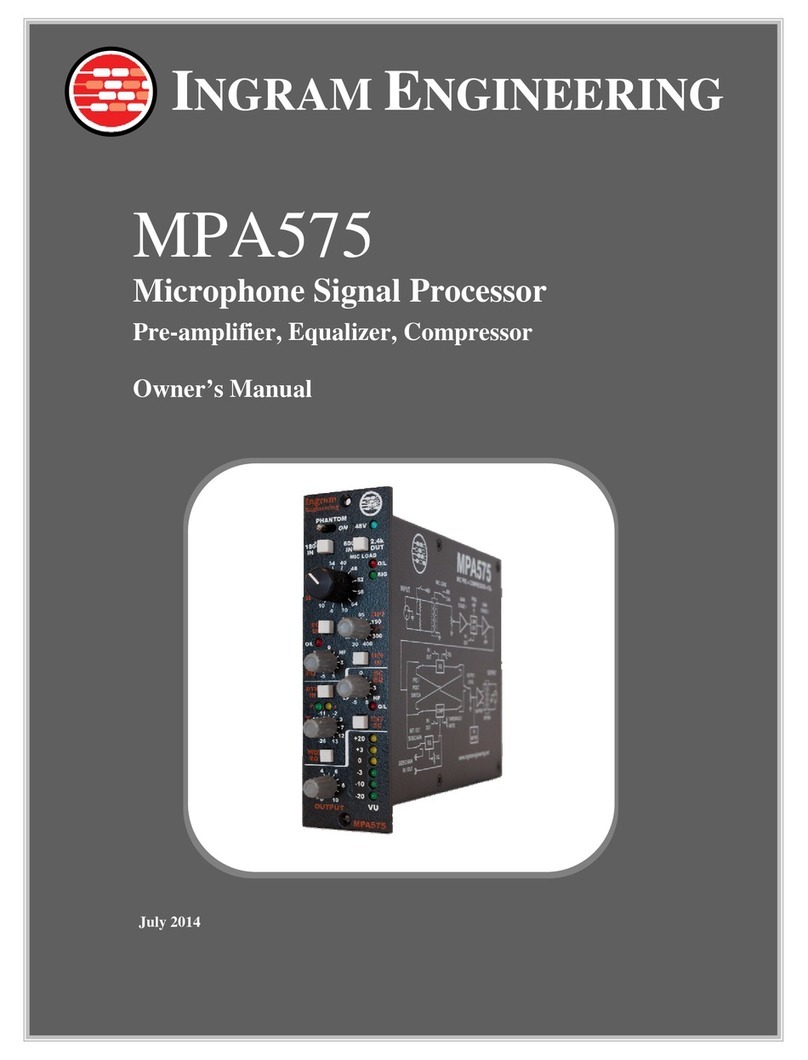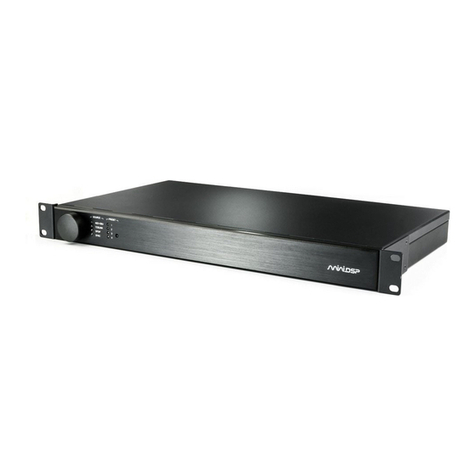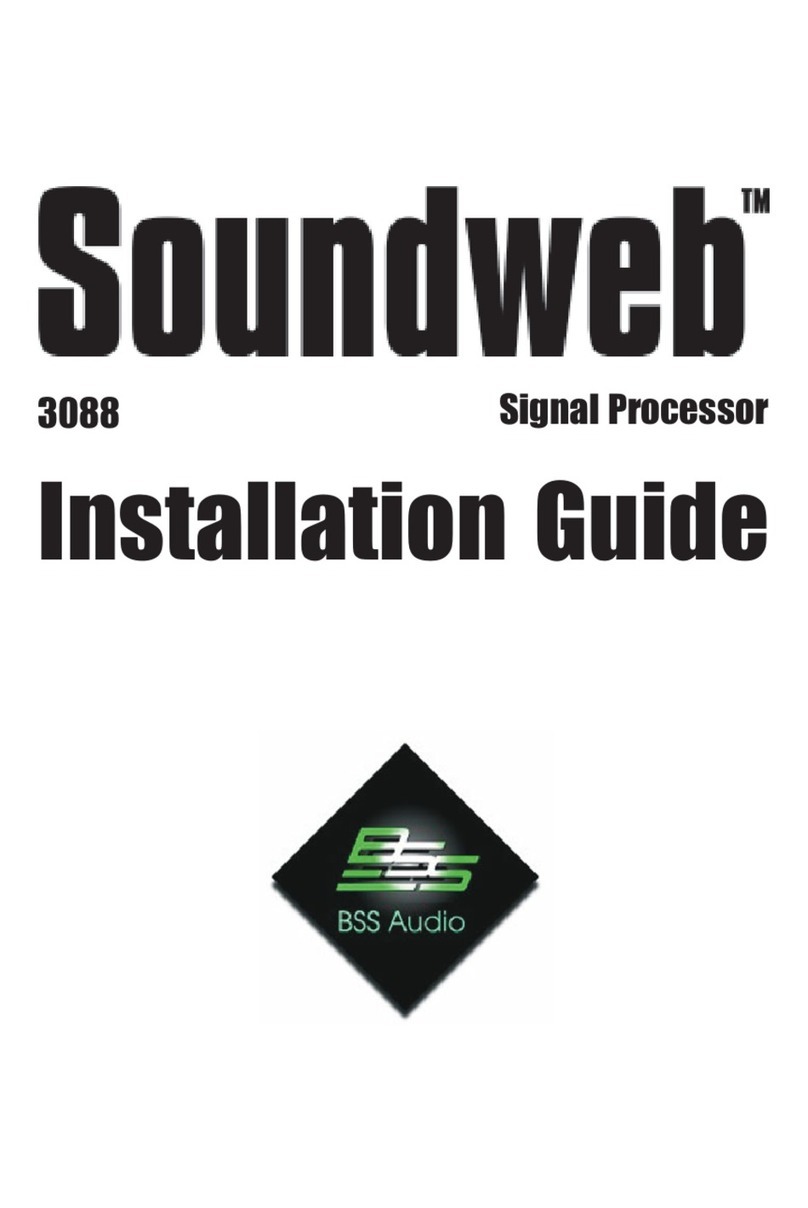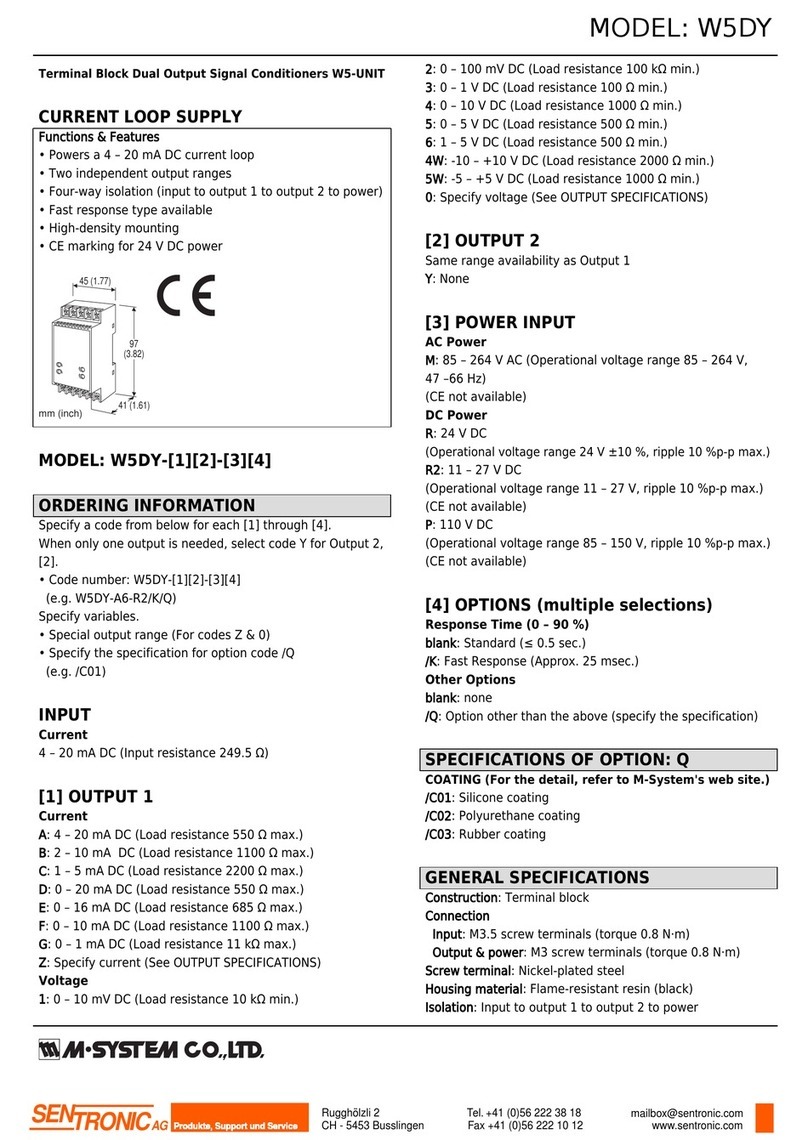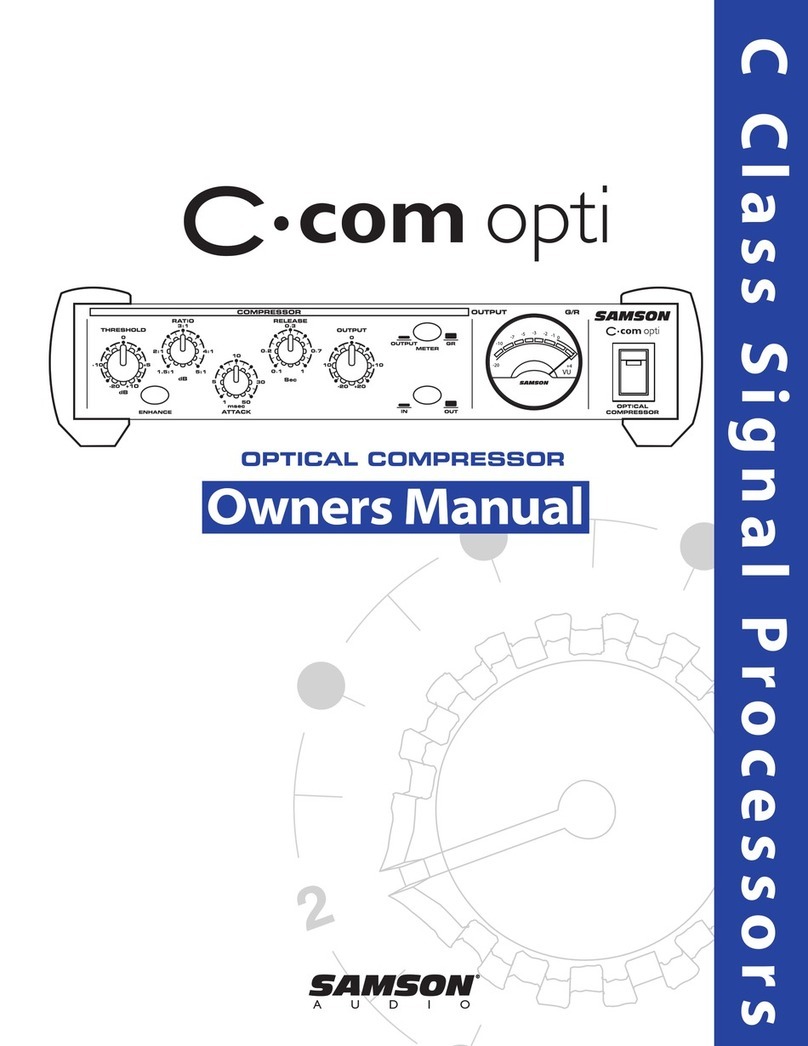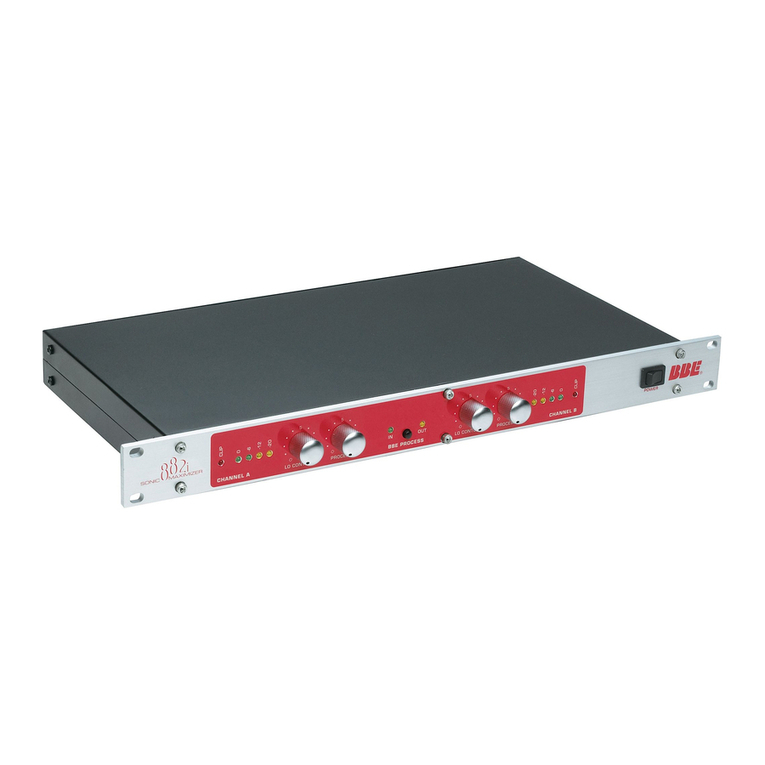BBG EDI LCS-300 User manual

BBG Incorporated
1708 South Park Court Chesapeake, VA 233201
V2.1-141022-300 1
LCS-300 User’s Manual
1. Overview
The LCS-300 is a LORAN C signal generator capable of simulating a LORAN chain with a master and
two slave stations. The signal characteristics are controlled from any ASCII terminal via the RS-232
link. The GRI, slave TD's, and amplitude of the pulse groups can be set. These settings can be stored
in eeprom to be recalled on power-up.
2. Setup
To prepare the LCS-300 for operation you must connect the power supply and a terminal operating
at 9600 baud, 8 bits, no parity and no handshake.
2.1. Power Supply
Any power supply providing 9 VDC at 200 mA can be used to power the LCS-300. The plug is a
standard 2.5mm power connector with the center pin positive. The input voltage must be
between 7 and 15 VDC.
2.2. Terminal
Microsoft HyperTerm, the supplied LCS-300_terminal.exe, or any terminal program supporting
RS232 can be used. Set the parameters to 9600,8,N,1 with no handshake and connect the
terminal to the DB9 connector on the rear panel using a standard 9-pin serial cable. Note that
the LCS-300_terminal.exe is configured with the correct baud rate for the LCS-300.
2.3. Preliminary Test
Send 'enter' (0x0D) to clear the buffer in the LCS-300, then send a lower case 'i'. Do this by
typing 'i' followed by enter. The current settings for the GRI, TD's, and amplitudes will be listed
on the terminal screen.
2.4. LORAN Connection
Connect a LORAN receiver to the connector on the lower left of the front panel labeled
“Composite Loran C Output.” The LCS-300 can be connected directly to the LORAN receiver or
through the LORAN receiver's antenna coupler. Read the next section to learn how to set the
GRI, etc. to the required values.
3. Controlling the LCS-300
3.1. Command Structure
Commands are one or two letters followed by a numeric value. No spaces are used. All
commands must be followed by the 'enter' key. For instance, to set TD1 to a delay of 27.1234
uSec, type 'x271234' followed by the 'enter' key. Commands are case sensitive, an uppercase 'X'
will set the amplitude for TD1 not the delay.

BBG Incorporated
1708 South Park Court Chesapeake, VA 233202
V2.1-141022-300 2
3.2. Command List
3.2.1. ?' or '/' prints a help file of commands to the terminal.
3.2.2. 'D' saves current GRI, TD, ECD, amplitude and slew data to eeprom. The stored values
will be recalled on power-up.
3.2.3. 'd' Recalls stored data from eeprom.
3.2.4. 'e'n sets negative ECD in uS. 0 to -10 uS. Shifts the envelope to the left.
3.2.5. ‘E'n sets positive ECD in uS. 0 to +10 uS. Shifts the envelope to the right.
3.2.6. 'i' prints out all output data.
3.2.7. 'l'nnn sets amplitude for TD1, TD2, and master to input.
3.2.8. 'L'n sets additional 10 dB attenuator. 1 = no atten, 0 = -10dB atten.
3.2.9. 'm'nnnn sets the GRI, 7980, 9960. etc.
3.2.10. 'q'n. If n = 1, sets quiet mode where only CSV numerical data is sent to terminal.
3.2.11. 'sx'nnn sets TD1 slew rate. 1 is fastest, 255 slowest slew.
3.2.12. 'sy'n sets TD1 slew rate.
3.2.13. ‘sX'n sets TD1 slew direction. 0 = decrement, 1 = increment.
3.2.14. 'sY'n sets TD2 slew direction.
3.2.15. 'S'n Starts or stops the TD slew. 0 = no slew, 1 = slew TD's.
3.2.16. 't'n sets Trig Out for master, TD1, or TD2. 0= master, 1= TD1, 2 = TD2.
3.2.17. 'v' prints out the software version loaded in the LCS-300.
3.2.18. 'x'nnnnnn sets the TD1 in tenths of a uS, 245678 = 24567.8 uS.
3.2.19. 'X'nnn sets TD1 amplitude, 0-255.
3.2.20. 'y'nnnnnn sets TD2 TD in tenths of a uS.
3.2.21. 'Y'nnn sets TD2 amplitude, 0-255.
3.3. Basic Command Examples
3.3.1. Set the time delay for TD1 to 27208.5 uS.: 'x272085'
3.3.2. Set time delay for TD2 to 41100.4 uS.: 'y411004'
3.3.3. Set master pulse group amplitude to 150: 'M150'
3.3.4. Set TD1 pulse group amplitude to 97: 'X97'
3.3.5. Set the ECD to +3 uS.: 'E3'
3.3.6. Set the ECD to -2 uS.: 'e2'
3.4. Advanced Command Examples
3.4.1. Set TD2 slew rate to decrement the delay by 25 nS every 10th GRI: Type 'sx10' to set
rate, then 'sX0' to set slew direction to decrement. To start the slewing the TD's, type 'S1.
Remember to press the 'enter' key after each command. Slew data for TD1 may be
entered if required.
3.4.2. Set the trigger at Trig Out connector to coincide with TD2: Type 't2'. Signal at the Trig
Out connector will be a positive pulse that occurs 13.6 uSec before the start of the TD2
pulse group.

BBG Incorporated
1708 South Park Court Chesapeake, VA 233203
V2.1-141022-300 3
4. Software Updates
4.1. The LCS-300 software can be updated via your RS-232 connection. As software features are
added, periodic update files in hex format may be sent via email. They can be installed in the
LCS-300 by using the supplied program, “proglcs.exe”.
4.1.1. Put the proglcs.exe program and the updated LCS300.hex file in the same directory. The
illustrations assume the program and hex file are in the c:\
4.1.2. Go to “Start – run” and type in the following: “c:\proglcs.exe -i COMx Loran.hex”, where
xis the connected com port number.
Figure 1: Executing the Software Update
4.1.3. Press the reset (RST) button on the LCS-300 and click OK on the Run window. Note that
after a RST, status led 2 stays on 5 seconds, then goes off. You must start the update while
status led 2 is on for it to work successfully.
4.1.4. If the update is running successfully, you will see the following screen:
Figure 2: Software Update Status Screen
4.1.5. After the update, turn the LCS-300 power off for a second then back on before using it.
You may verify the software version by typing a 'v' then pressing 'enter'. The software
version will be displayed on the terminal.

BBG Incorporated
1708 South Park Court Chesapeake, VA 233204
V2.1-141022-300 4
5. Front Panel Outputs The front panel has 6 outputs as shown below:
Figure 3: LCS-300 Front Panel
5.1. The Grp Trig output is a 5V positive going trigger occurring 13.6 uS before the start of the
master pulse group. It will have the same period as the GRI rate.
5.2. The Master output provides the 9 pulses of the master group. The unloaded amplitude is 2.3
Vp-p and the source impedance is approximately 600 ohms.
5.3. The Slave1 output provides the 8 pulses of the first slave, or TD1, group. The unloaded
amplitude is 2.3 Vp-p when loaded and the source impedance is approximately 600 ohms.
5.4. The Slave2 output provides the 8 pulses of the second slave or TD2group. The unloaded
amplitude is 2.3 Vp-p when loaded and the source impedance is approximately 600 ohms.
5.5. The Option output is for future expansion.
5.6. The Composite Loran C output has the master and both slave groups present. The unloaded
amplitude for each pulse group can be set from 50 uV p-p to 1 Vp-p in steps of 0.3dB. The
source impedance is approximately 600 ohms. This output is AC coupled and the maximum DC
voltage level at this connector must be less than 40 volts. This is the output normally used
when testing a Loran receiver and may be directly connected to the Loran or through the
coupler. If connecting to the high impedance input of an antenna coupler, use a series capacitor
of 47 pF from the Composite Loran C output to the coupler's antenna terminal for best
performance.

BBG Incorporated
1708 South Park Court Chesapeake, VA 233205
V2.1-141022-300 5
6. Back Panel Connections The back panel has three status indicators, connections for RS-232 and
power, and a trigger output.
Figure 4: LCS-300 Back Panel
6.1. The PWR connector is a 2.5mm DC power input. Use the supplied wall transformer or any linear
power supply that will provide 9 VDC at 250 mA can be used to power the LCS-300. The input
voltage must be between 7 and 16 VDC. Fusing is internal and auto-resets. Note that sustained
voltages over 16 VDC may damage the internal power supply. Switching power supplies may
generate noise in the Loran frequency band and are not recommended for low signal level
testing.
6.2. The RS-232 connector is a standard DB9 socket. The baud rate is preset to 9600, no parity, with
8 bits of data, and 1 stop bit. Only three wires - ground, Tx data, and Rx data - are used. There is
no handshaking. Note that the RS-232 port is not galvanically isolated from the LCS300. For
minimum noise, an external optoisolator should be used.
6.3. Status indicators
6.3.1. Status 1 is the power indicator and will illuminate whenever the LCS-300 is connected to
a power source.
6.3.2. Status 2 indicates that the LCS-300 is in the boot-loader mode and ready to receive a
program update. It lights up for 5 seconds after power is applied.
6.3.3. Status 3 blinks during data transmission.
6.4. The Trig Out connector has selectable trigger points. Trigger pulses may be selected for the
master, slave1, or slave2 pulse group. The trigger pulse begins 13.6 uS before the start of the
selected pulse group.
6.5. The RST button resets the LCS-300 to power-up condition and the default parameters will be
loaded. This is normally used to reset the unit when updating the software via the LCS-300's
boot-loader.

BBG Incorporated
1708 South Park Court Chesapeake, VA 233206
V2.1-141022-300 6
7. GRI and TD Limits
7.1. The slave time differences must be chosen so that slave1 group starts after the master group
has finished transmitting. Slave2 pulse group must not start before slave1 has finished
transmitting. The slave groups are composed of 8 pulses spaced 1 mS apart and have a total
length of 8.5mS. The Master has a length of 10.5 mS.
7.1.1. Slave 1 > 10.5 mS.
7.1.2. Slave 2 > slave 1 + 8.5 mS.
7.1.3. Slave 2 < GRI –8.5mS.
7.2. It is the users responsibility to make sure the TD values are realizable; no error checking is
performed on the input data to the LCS-300. If the slaves are allowed to overlap each other or
the master, the loran receiver may not track properly.
8. Specifications
8.1. Power supply requirements are 9VDC at 250 mA maximum.
8.2. Internal time base: 10 MHz TCXO, 1 ppm over temperature of -10 to +60 degrees centigrade,
aging < 1 ppm/year.
8.3. Composite Loran Output level range is 0 to -86.5 dB referred to 1 volt p-p maximum output for
each pulse group. Resolution is 0.3 dB/step and the accuracy is +/- 1.5 dB over the 86.5 dB
range.
8.3.1. All outputs except for the Group trigger are 600 ohms and can tolerate DC voltages of
+/- 20V. The Group trigger output is 0-5V with 1K impedance. Voltage must not be applied
to this output or damage may occur.
8.4. GRI range is 33mS to 500mS, resolution is 100uS.
8.5. Slave1 TD range limit is 11000uS minimum to GRI - 11000uS maximum. Resolution is 100 nS.
8.6. Slave2 TD range limit is Slave1 TD + 11000 uS to GRI - 11000uS maximum. Resolution is 100 nS.
8.7. ECD range is +10 to -10 uS in 1 uS steps.
8.8. Baud rate is 9600, 8 bits, no handshake, 1 stop bit.
8.9. Size of LCS-300: 15.9cm wide x 8.3cm high x 17cm deep, including connectors
8.10. Shipping weight is 2 Kg.
9. Warranty Information Unit will be repaired free of charge for one year from date of purchase
providing there is no water damage or other evidence of improper use or handling. Purchaser must
ship unit prepaid to address below. BBG will pay the return freight within the USA.
BBG Incorporated
1708 South Park Ct.
Chesapeake, VA 23320 USA
Phone: 757-366-9211
E-mail: edisales@bbginc.com
www.dsts.com
Table of contents
Popular Signal Processor manuals by other brands
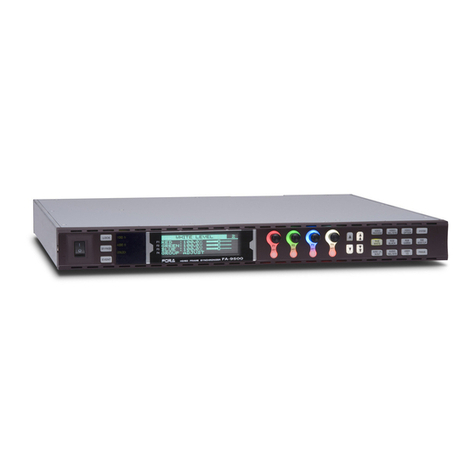
FOR-A
FOR-A FA-9520 Operation manual
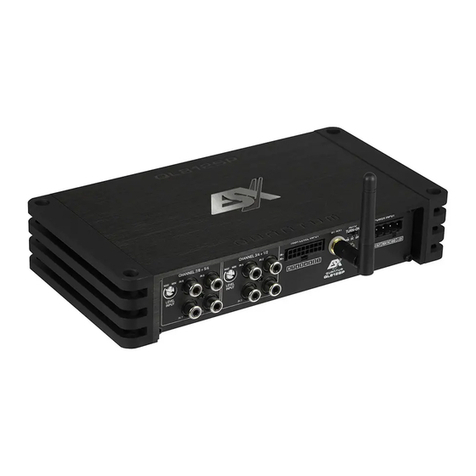
Audiodesign
Audiodesign ESX Quantum QL812SP owner's manual
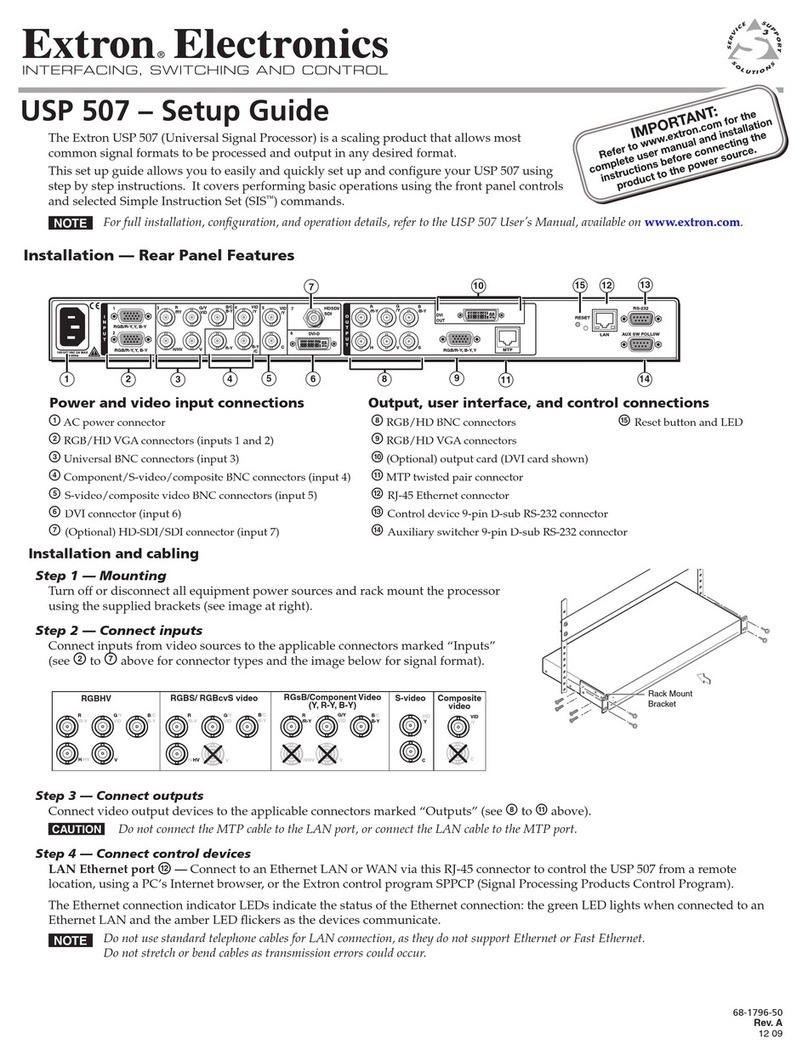
Extron electronics
Extron electronics USP 507 Setup guide
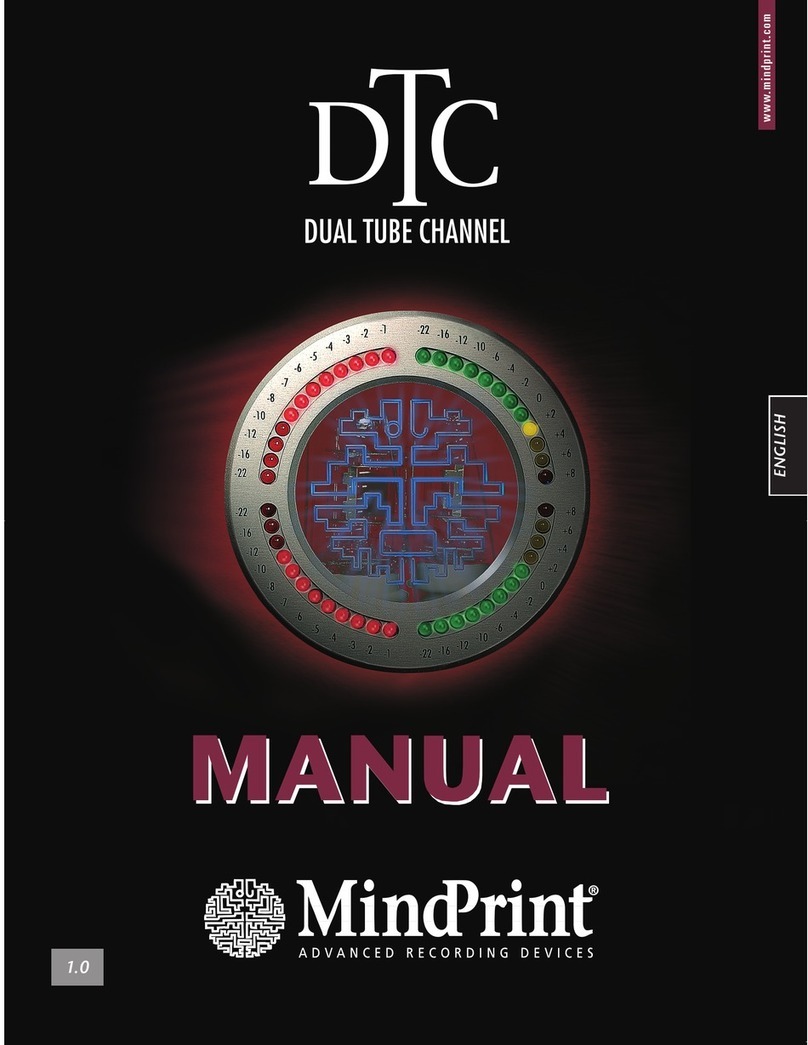
MINDPRINT
MINDPRINT DTC manual
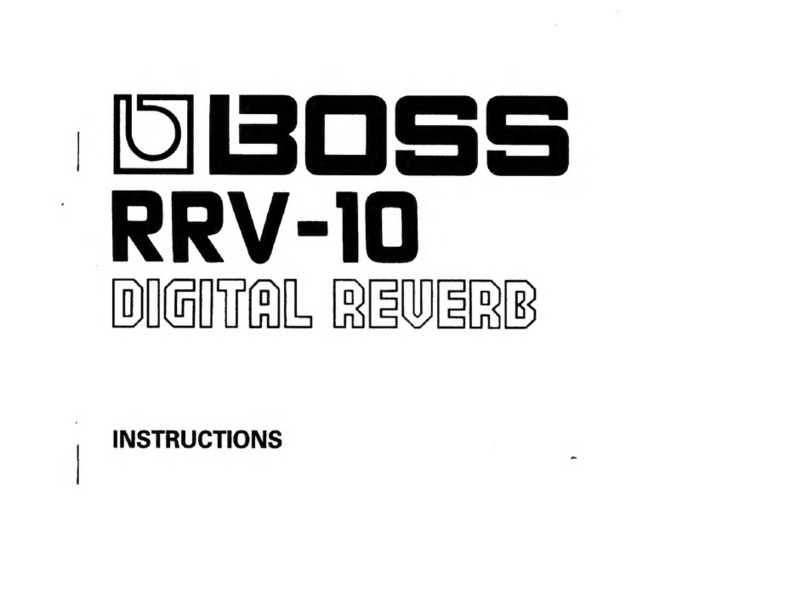
Boss Audio Systems
Boss Audio Systems RRV-10 instructions
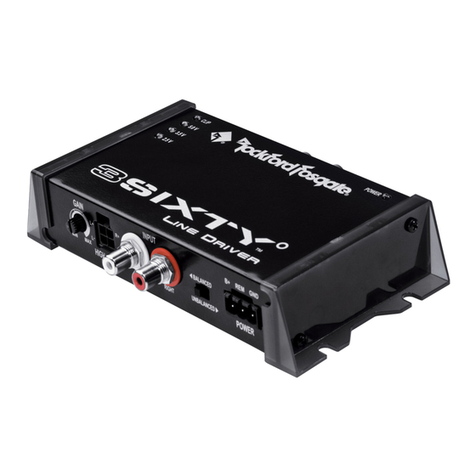
Rockford Fosgate
Rockford Fosgate 3Sixty Installation & operation guide
